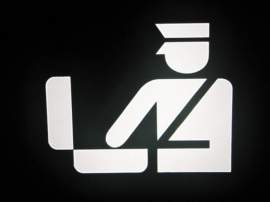
Tibetan Diaspora

In the past 100 years, many cases of refugee movements have been the result of civil war or other civil unrest confined to a particular set of international boundaries. In Europe, numerous instances of refugee migrations erupted from failed uprisings and unsuccessful reform attempts during the Cold War. This is the battle that Tibetan refugees face.
The Tibetan diasporaTo this day, though, China refuses to dignify the sovereignty of Tibet, and consequently, Tibetan refugees along with their spiritual leader, continue to live in exile in India. For all the sanctions China proceeds to levy on Tibet regarding its practice of religion, its study of the Tibetan language, and control over its own political and economic affairs, international support has remained strong for the Tibetan refugee cause and the reinstatement of the Dalai Lama as the head of the Tibetan people.
Noting China's adherence to Communistic repression, Tibetan refugees, even today, are somewhat of a revival of the Cold War era. The plight of the Tibetan refugee population might even outlast the current Dalai Lama. Nonetheless, the peaceful approach of groups like the Solidarity movement in Communist Poland gives hope to those campaigning for a free Tibet that their goal will soon enough be attained.
NEXT: What is a Diaspora?





















